Cryptoeconomic and Mathematical Model of Hanuman Water Tokenization
Utilitarian and Regenerative Token from Chapada dos Veadeiros
The Hanuman Water Token (HWT) is a utility token developed on blockchain, ensuring access to 1 liter of multimillennial hyperthermal mineral water from the Hanuman Deposit¹, a non-volcanic, with secure transactions via smart contracts. Unlike speculative tokens, the HWT grants exclusive rights to this exceptional resource.
The Annual Exploitable Reserve (AExR) of the deposit, located in Chapada dos Veadeiros, is estimated at 3.77 million cubic meters, corresponding to approximately 10,328 m³ per day or 430 m³ per hour. This volume represents about 5% of the Total Permanent Reserve (RPT) and establishes a conservative limit for sustainable extraction, serving as a safe parameter for commercial pumping.
This estimate is part of an in-depth study², currently under publication, which complements the previous work published by Elsevier in January 2022 in the journal “Groundwater for Sustainable Development”. Titled “Hydrochemical and age constraints of the Chapada dos Veadeiros”³, the study was conducted by geologists and professors from the Institute of Geosciences at the University of Brasília (IG-UnB). In it, the deposit is identified as belonging to the hydrogeological basin of Group 3.
The first commercial well of the deposit, the Hanuman I Well/Source, has a tested flow rate of 95 m³/h, operating 14 hours per day—resulting in a daily production of 1,335 m³ (485,000 m³/year).
In the HWT pre-sale, scheduled for the end of May 2025, 100 million tokens will be offered, each backed by 1 liter of water. This represents 100,000 m³, equivalent to only 20.6% of the annual production of the Hanuman I well—a conservatively proposed volume that ensures sustainable scalability and a safe margin for operational expansion.
| Parameter | Total Volume | Pre-Sale Volume | Percentage |
| Annual Production (Hanuman I Well) | 485,000 m³/year | 100,000 m³ | 20.6% |
| Hanuman Deposit – Group III | 3.77 million m³/year (RExA) | 100,000 m³ | 2.65% |
| Total Permanent Reserve | 75.4 million m³ | 100,000 m³ | 0.13% |
Circular Economy and Sustainability
The model adopts principles of the New Distributive Economy, integrating local production chains in the Cerrado biome, such as cosmeceuticals, natural beverages, and integrative medicine. Partnerships with Civil Society Organizations of Public Interest (OSCIPs) and productive arrangements in the Chapada dos Veadeiros region expand socio-environmental impact, promoting shared value and ecosystem conservation.
Future Outlook: Technology, Real Asset Market, and Sustainability
The real-world asset tokenization market (RWA – Real-World Assets)4 is on the rise, with PwC projections indicating a potential value of $16 trillion by 2030, driven by transparency, liquidity, and socio-environmental impact. The HWT positions itself as a pioneer in the tokenization of water resources, combining the natural scarcity of thermal water with blockchain security, attracting investors aligned with ESG criteria and crypto enthusiasts.
Integration with Emerging Technologies
In addition to allocating resources from the HWT pre-sale to infrastructure works and facilities aimed at the premium beverage, cosmeceutical, thermal and integrative medicine markets, Hanuman Mines will invest part of these resources in cutting-edge research, in partnership with universities and technology centers, to explore the unique properties detected in empirical tests and observed with the hyperthermal water of the Deposit. Among the priority studies are:
• Quantum neuroscience: Effects of water structured by piezoelectric minerals (quartz, beryl) on the modulation of brain synapses and human bioelectricity. 4
• Clean technologies: Potential of water as a conductive medium for cooling qubits in quantum computing, leveraging its thermal stability, electroconductive properties, and brain-quantum computing interactions.
• Molecular memory: Analysis of water structuring after 9,000 years of interaction with crystals, using techniques such as Raman spectroscopy, nuclear magnetic resonance, etc.
These studies will follow rigorous scientific protocols, with publication in indexed journals, ensuring transparency and credibility.
In this context, the OSCIP Pulsar Vida5, a strategic partner of Hanuman Minas, plays a significant role in connecting these technological innovations with sustainable practices and community impact in the Chapada dos Veadeiros. Through productive arrangements in cosmeceuticals, natural beverages, and Cerrado crops, it will promote an auditable distributive economy, with centers of integrative medicine and regenerative tourism, strengthening local communities and the conservation of the Cerrado biome, in line with the ESG principles of the HWT.
Acquiring the HWT is, therefore, participating in the frontier between native knowledge, ancient geology, and disruptive innovation, while contributing to a development model that benefits local communities and preserves unique ecosystems.

Sustainability and Governance
The issuance of HWT will be limited by RExA, with decentralized governance via smart contracts, thus avoiding overexploitation. A real-time monitoring system – integrated with blockchain – will transparently record the extracted volumes and piezometric levels. These data will support periodic reviews of RExA, maintaining the balance between water availability and economic use.
Parallel with Bitcoin: Similarities and Differences
| Aspect | Bitcoin | Hanuman Water Token (HWT) |
| Nature of the asset | Digital, without physical backing | Utility token backed by Exploitable Reserve |
| Maximum supply | 21 million BTC | Limited to the annual productive flow of wells/sources and to the potential of the Deposit (RExA – 3.77 million m3) |
| Main objective | Store of value, medium of exchange |
Guaranteed access to natural resource |
| Issuance model | Decreasing mining, fixed algorithm | Issuance based on water sustainability |
| Transparency and security | Public and decentralized blockchain | Blockchain for traceability and smart contracts |
| Environmental impact | Debate on energy consumption | Focus on sustainability and regeneration |
Bitcoin revolutionized decentralized digital money; the HWT proposes an evolution for the tokenization of essential natural resources, prioritizing utility, sustainability, and social impact, adapting the concept of scarcity to the environmental context.
CONCLUSION
The business model of Hanuman Water represents an innovative convergence between geosciences, crypto-economy, and regenerative and sustainable economy. The tokenization of a multimillennial resource, with an initial price of $2.00 per liter, enables a pre-sale of 100 million HWT, that is, the exclusive right to access 100 million liters of Hanuman Water.
By combining billion-year-old geology, blockchain, and circular economy, Hanuman Water transforms the Chapada dos Veadeiros into a pioneering territory in the world where natural resources are converted into digital assets, redefining wealth as a vital, traceable, and ethical good. The HWT is a smart contract with the Earth: each token guarantees access to a vital resource, while its protocol ensures that this resource endures for future generations.
The HWT is the first tokenization project of a geologically unique hyperthermal water deposit, with scientific validation and auditable ESG impact. Inspired by those who see water as the supreme asset, the HWT is the first token of the New Economy, post-Bitcoin, for a future where wealth is synonymous with life and sustainability.
(*) Uarian Ferreira Lawyer – OAB-GO 7.911 Creator and holder of the Chapada dos Veadeiros Thermal Project, Managing Partner of Hanuman Minas Ltda
Download this article in PDF format:
Download the material in Portuguese
Download the material in English



Leave a Reply
Want to join the discussion?Feel free to contribute!